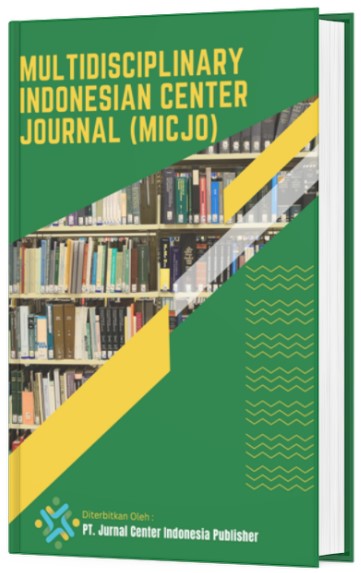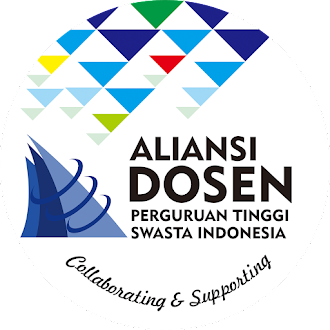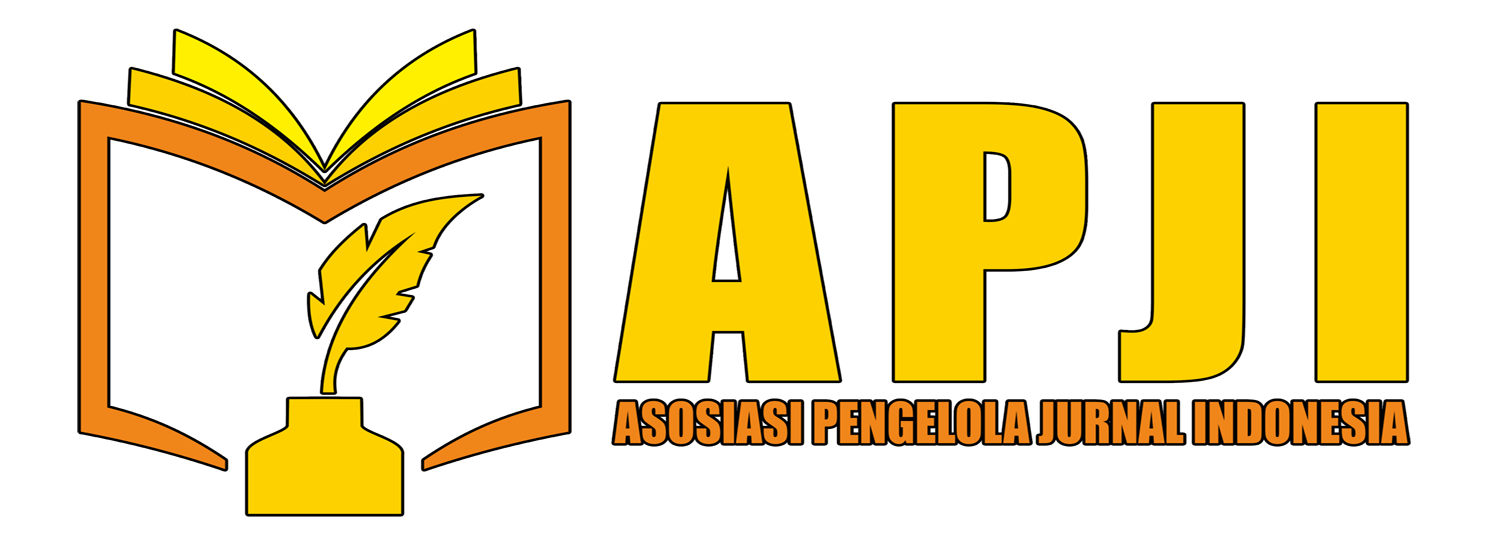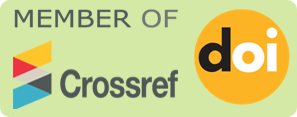THE QUR'AN, DIGITAL TOOLS AND THE TRANSFORMATION OF RELIGIOUS MEDIA
DOI:
https://doi.org/10.62567/micjo.v2i3.937Keywords:
Al-Qur’an, Digital Tools, Religious Media Transformation, Usability, AccessibilityAbstract
This study examines the development of Al-Quran digital tools and their impact on Islamic learning in the context of religious media transformation. The study was conducted with a qualitative approach, using the documentation study method and content analysis of the Al-Quran mobile application available on Android and iOS platforms within the last five years. The analysis is focused on aspects of usability, accessibility, and digital features that support learning and understanding of the Quran. The findings of the study reveal that the integration of digital technology and religious content has resulted in a new paradigm in the learning and dissemination of Islamic messages, marking social change and increased transformation of religious media. This research produces a comprehensive evaluation framework for Al-Quran digital tools and typologies based on categories and functionality, which makes theoretical and practical contributions to the development of Al-Quran mobile applications in the future.
Downloads
References
Aziz, M. (2021). Technology, Digital Literacy, and Religious Transformation: Challenges and Opportunities. Journal of Islamic Communication Sciences, 8(2), 115-132.
Castells, M. (2010). The Rise of the Network Society (2nd ed.). Wiley-Blackwell.
Jenkins, H. (2016). Convergence Culture: Where Old and New Media Colide. New York University Press.
Miles, M. B., & Huberman, A. M. (1994). Qualitative Data Analysis: An Expanded Sourcebook (2nd ed.). Sage Publications.
Nielsen, J. (2012). Usability 101: Introduction to Usability. Nielsen Norman Group. Retrieved from https://www.nngroup.com/articles/usability-101-introduction-to-usability/
Rahman, A. (2019). Al-Quran Mobile Application: Technological Innovation in Islamic Learning. Journal of Technology and Education, 5(1), 45-59.
Suleiman, B. (2020). Evaluation of the Quality of Display and Interactivity of Al-Quran Applications in the Digital Era. Journal of Religious Media Research, 7(3), 87-103.
Yusuf, R. (2020). Digitalization Strategy in the Dissemination of Islamic Messages. Journal of Social and Cultural Transformation, 9(1), 22-37.
Downloads
Published
How to Cite
Issue
Section
License
Copyright (c) 2025 Samsul Ariyadi

This work is licensed under a Creative Commons Attribution-ShareAlike 4.0 International License.

















